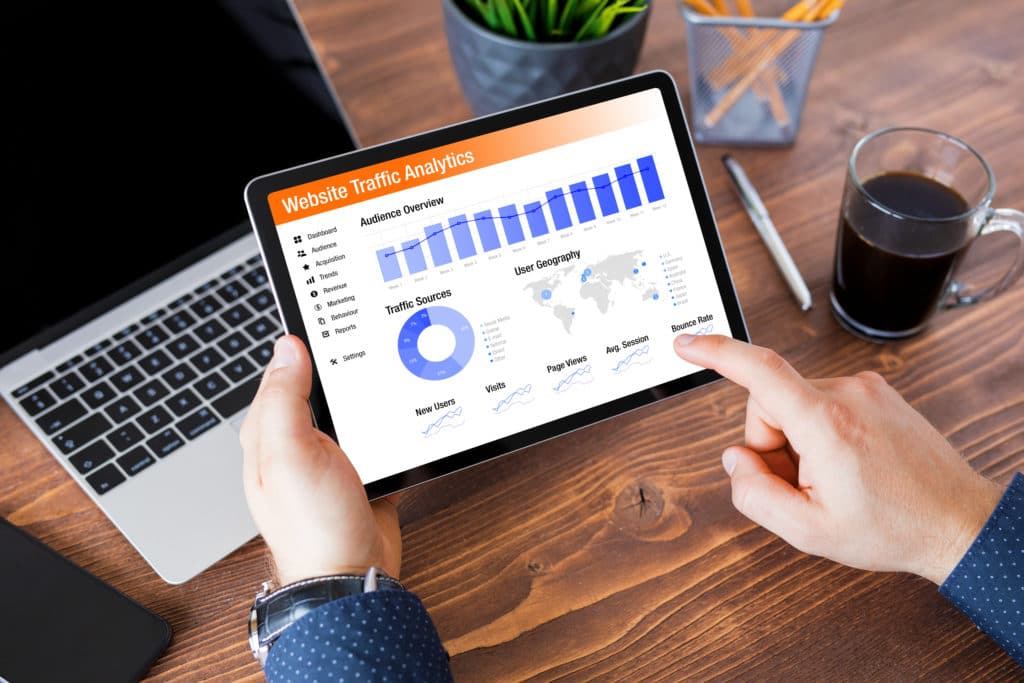If booming sales and a thriving Amazon business are the goals, then you’ll need to start looking for ways to increase traffic to your product detail page.So the question is: how to boost your store’s visibility? By running PPC campaigns? Yes and no.
Don’t get us wrong, PPC is crucial for increasing sales, building and enhancing brand image, and improving SEO. However, bidding for competitive or multiple keywords can eat at your profits.The good news is that there are two lesser-known (and in some cases, less costly) ways of grabbing buyers’ attention you might not know about: external articles and editorial recommendations.
In this blog by our guest contributor, ZonGuru, we’ll attempt to explain how you can leverage both to drive traffic to your Amazon product listings!
Look Beyond Amazon PPC to Drive Traffic
The purpose of this article isn’t to downplay the importance of PPC. Instead, it highlights alternative ways of generating traffic, particularly those that fly under sellers’ radars.
Before we begin examining the editorial recommendations and external article blueprint, here are two popular methods of bringing in traffic:
Facebook Ads
When done right, Facebook ads have the potential to boost Amazon FBA sales. Since Meta owns both Facebook and Instagram, your ads will appear on both platforms, allowing better coverage across relevant audiences.
Ad-optimization Practices:
Facebook is the most-used social media platform and features around 1.93 billion daily active users. Add to that the average person spends 2 hours and 25 minutes on networks and social messaging, and you can see where this is going.
- Target broad audiences and narrow them down based on visitors’ profile
- Experiment with different ad copy
- Use high-quality images and videos
- Pilot test different ad types
One pro tip: redirect potential buyers to a landing page instead of your Amazon listing. Doing so allows you to collect essential data like email addresses, to strengthen your email marketing efforts and increase conversion rates.
Amazon Sponsored Display Ads
Amazon Sponsored Display Ads appear both on the platform (e.g. on competitors’ product listings) and third-party websites. These ads lead straight to an Amazon product listing and, interestingly enough, can appear on your listing as well.
By targeting your product via Amazon Sponsored Display Ads, you’ll secure the real estate that a competitor would otherwise occupy!
Optimize Your Product Listings First
Your product listing is your storefront, so you’ll need to optimize it by creating attractive copy and adding relevant keywords. Mistakes like low-quality imagery, grammatical errors, and inaccurate information can open a floodgate of negative reviews and a possible suspension of seller privileges.
Example Listing Optimizations:
- Create a catchy title that includes your primary keyword
- Use high-quality photography—your main image should show your product clearly against a white background
- Seamlessly add secondary keywords into your bullet points while keeping them short and informative
- Fill out the product description section with additional information
Now that the basics are covered, let’s learn how to drive external traffic to your website using editorial recommendations.
What are Amazon Editorial Recommendations?
As the name implies, Amazon editorial recommendations are product endorsements that appear near the top of search results. A recommendation serves to ease buyers’ decision-making process and is submitted by third-party sources like influencers and bloggers.
The benefits of Amazon editorial recommendations include greater visibility, improved brand awareness, social trust, and ultimately increased conversions and sales. Because these recommendations aren’t as popular as other advertising methods like Sponsored Ads, it’s a great opportunity to secure these placements for your products.
Source: Wirecutter. An example of vacuum cleaning products promoted by a leading editorial review publisher.
In the image above, Wirecutter reviewed multiple products that feature against “vacuum cleaner” and its related keywords. Big names like Wirecutter, Forbes, CNN Underscored, and The New York Times review products on the website since they are members of Amazon’s invite-only Onsite Associates Program.
How to Get an Amazon Editorial Recommendation?
To secure an Amazon editorial recommendation, you’ll need to contact the right individuals or agencies with editorial publishing rights on Amazon. Such parties may charge fixed monthly fees or an upfront cost.
Not every seller can or should look to have their products reviewed by third-party sources; you must meet the minimum criteria before your products are eligible for a recommendation.
Product Qualification Criteria:
- Generate $30k in monthly sales
- Have more than 100 reviews with an average 4-star or above review rating
- Have healthy stock levels
- No medical claims
- No relation to sex, drugs, or religion
Remember, neither Amazon nor you can change the contents of an editorial recommendation once it goes live.
How to Boost Visitors to your Amazon Product Listing Using External Articles
External articles—also called off-site blogs—help generate interest in products by targeting audiences outside Amazon. Since the “A10” algorithm update in 2020, Amazon started to assign more significant weight to outside sales and traffic.
Sellers who invest in external articles note a gradual increase in product rankings. Also, unlike editorial recommendations, which could disappear after a week or month depending on the interest generated, external articles are live and keep pulling in traffic depending on how high they’re ranked on Google.
Curious how to go about getting your products featured in external articles? You can have off-site articles written by content creators who are part of the Amazon Associates Program or get in touch with independent content creators.
To show how external articles work, we searched for “the best kitchen knife set 2022” and here’s what came up:
After clicking on the link, “12 Best Knife Sets Of 2022”, the top-ranked product according to the website is a knife set by Henckels.
Notice the external link at the bottom? It leads straight to an Amazon product listing.
Why is this important? According to research, the click-thru-rate (CTR) for the top result is 31.7%. So considering how the Henckels kitchen knife set is ranked number one, you can be sure it receives significant external traffic to its Amazon product listing.
Top-of-the-line influencers can promote products on multiple platforms like Google, Facebook, YouTube, Instagram, etc. Forming business relationships with such bloggers and influencers can be costly, but it’s a strategy that can yield massive benefits in the long run.
FYI: Certain items fall under Amazon’s list of products that cannot be promoted and are ineligible for editorial recommendations. Examples include paintball guns, fat-burning products, and shock collars. If you sell such products and want to increase sales, promote your goods with the help of external articles.
Conclusion – Look for alternative ways to drive traffic to your Amazon store
This article was compiled to help Amazon sellers like you increase sales by driving traffic to your product listings. Should you implement the strategies discussed in this post, we’re optimistic you’ll be able to boost the visitor count to your Amazon store and inch closer to financial success and freedom!
About ZonGuru
ZonGuru is an all-in-one Amazon toolkit that helps private label sellers with product research, niche evaluation, competition analysis, listing optimization, inventory tracking, customer review acquisition, and running day-to-day operations of their Amazon business. Our tools bring you the most accurate data from across ten Amazon marketplaces, including the US, Canada, Mexico, UK, Italy, France, Spain, Australia, Germany, and India. We make selling on Amazon easier.
About the Author
Mansoor is an Amazon Private Label consultant and a regular blog contributor at ZonGuru. He has applied his skillset to help sellers find financial success within highly competitive niches. In his free time, he likes to watch cricket and Netflix, with Dark being his favorite series.





